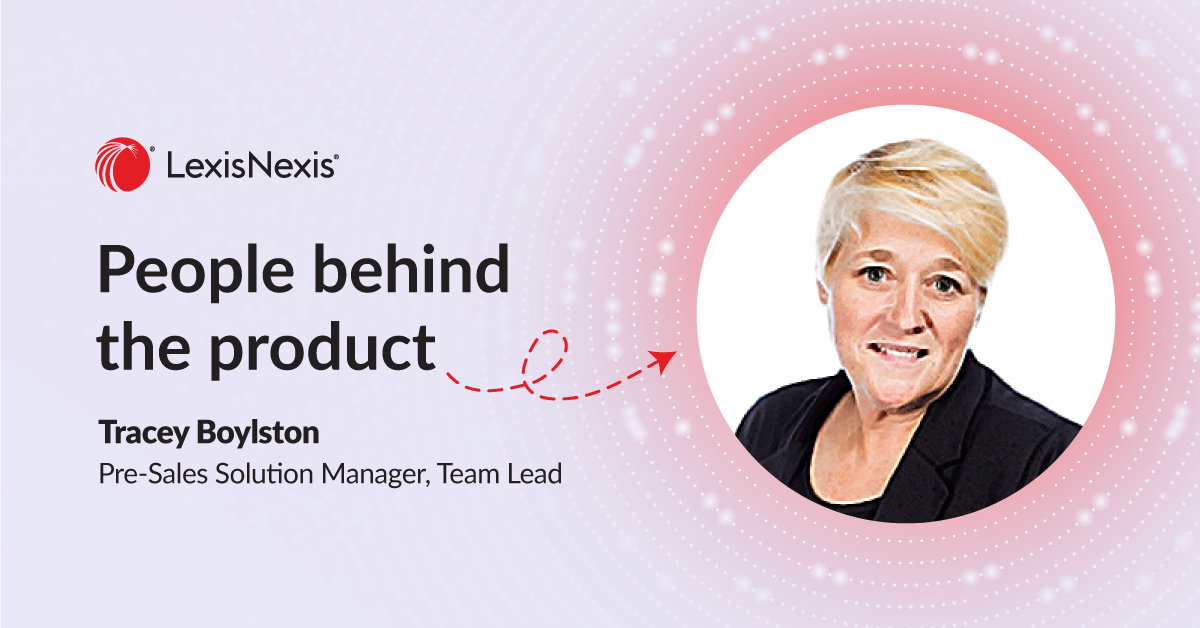Latest Blogs
First Things First: How You Can Overcome the Top 8 Challenges...
Generative Artificial Intelligence (GenAI) stands as a transformative force in the digital landscape, promising innovative solutions and creative approaches to data synthesis. However, GenAI faces its...
Garbage In, Garbage Out: Why Third-Party Data Sources Matter...
In a recent LinkedIn post , data and technology transformation consultant Tommy Tang writes, “Generative AI has emerged as a potent tool across various domains, from content creation to bolstering decision...
Get Ahead or Left Behind: The Generative AI Trend & It’s Growing...
ChatGPT and Bard, DALL-E and Starryai: Generative AI (GenAI) tools are taking the world by storm, igniting conversations, and shaping future possibilities in ways we've only begun to explore. As the World...
Garbage In, Garbage Out: Why Third-Party Data Sources Matter...
In a recent LinkedIn post , data and technology transformation consultant Tommy Tang writes, “Generative AI has emerged as a potent tool across various domains, from content creation to bolstering decision...
AI for Business: How to Capitalize on Generative AI to Enhance...
The intersection of Artificial Intelligence (AI) and business pulses with potential, especially since generative AI (GenAI) has entered the picture. Google research scientist Oriol Vinyals notes, “Generative...

Data Solutions Director Tracey Boylston works with current and prospective LexisNexis clients every day to help them assess their needs. This is a role she likes, because she gets to engage her creative problem-solving skillset to show people that sometimes merely providing access to a data feed or dataset isn’t the complete answer.
“People come in and explain to me, "we need news data", says Tracey, who joined us for an interview to talk all things data as a service. “But why do you need that data? What are you trying to accomplish with it? I help them focus on exactly what it is they’re trying to solve rather than what they’ve predetermined the answer to be.” And as Tracey goes on to explain, this isn’t because her team wants to provide some premade off-the-shelf solution. In fact, quite the opposite.
“We create noise, but the noise that we’re creating is just opportunity for the client to think a little broader about what they’re attempting to do. Once they start to peel things back, then suddenly the client’s mind opens up and they’re seeing both short-term and long-term opportunities they were missing before.”
Based on Tracey’s description of how she interacts with her clients, it could be said that she helps people break free from that human tendency to leapfrog to an answer before fully understanding the problem or opportunity at hand. It happens to everyone, and Tracey’s enthusiasm for helping people take off their blinders and truly assess their data needs is abundantly clear when listening to her.
And once clients do take that step back and look at their problems holistically, Tracey notes that one opportunity is becoming increasingly evident to more of them: The chance to create an interwoven data fabric across their organization.
What is a data fabric?
A data fabric is the architecture that connects your formerly siloed data together. Think of your first-party, second-party, and third-party data becoming intertwined like the individual fibers of a blanket and draped across your organization’s departments and hierarchical layers. With your data silos removed, everyone across your organization is free to view and use all your data for a myriad of purposes. However, creating that data fabric isn’t a simple matter of removing borders. You need to ensure that the fabric you’re creating achieves and maintains the highest quality possible. This means threading data across the business in such a way that it’s less binding and more seamless, yet still structured so that it surfaces the most relevant data, highlights connections, eliminates redundancies, and resolves discrepancies.
An effective data fabric needs data enrichments
Establishing a high-quality data fabric that creates value for an organization is something that Tracey believes LexisNexis is uniquely suited to do. “It’s like adding 30% polyester to a pair of jeans that’s 100% cotton, because people like jeans that stretch,” says Tracey. That was her response when asked how the data enrichments from LexisNexis can help her clients achieve and maintain an efficient, streamlined, and innovative data fabric.
“Our content is used as the glue. So, while an organization has its own data or vendor’s data, our content and data enrichments are used to connect all of it together.” As Tracey explains, with data enrichments from LexisNexis, an organization can enable a data fabric that relies on unique identifiers to find commonalities and make connections. To continue her analogy, this very much makes LexisNexis data enrichments the flexible polyester to an otherwise restrictive pair of cotton jeans.
“We add layers of enrichments and meta data across your data fabric for a fast and accurate search functionality. That’s because we’re supplying your existing text with context,” says Tracey. The idea is that LexisNexis data enrichments work to resolve an entity down to the lowest common denominator, be it a unique industry term, concept, company, person, or whatever else that might be. Part of the work that goes on behind the scenes includes applying deductive reasoning and accounting for things such as synonyms. For the end-user, this eliminates having to sift through 5,000 articles; instead, the data most relevant to your exact search rises straight to the top.
The more an organization comes to depend on the commonalities and correlations between its data, the greater its need becomes to make its data smarter, which is another way to say that data must be put into context through enrichments so it can be used intelligently. With data enrichments, Tracey concludes, “It cuts through the noise. Your outliers get smaller. Your variance numbers for discrepancies get smaller. And that means ultimately you gain more confidence in your decision-making.”
Learn more about Nexis DaaS here.